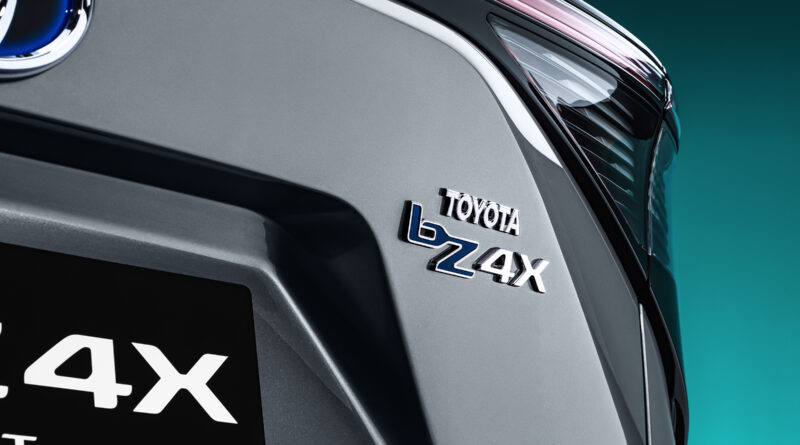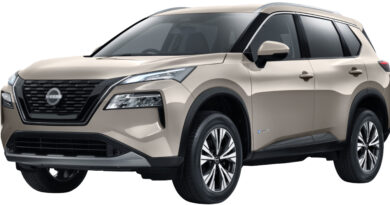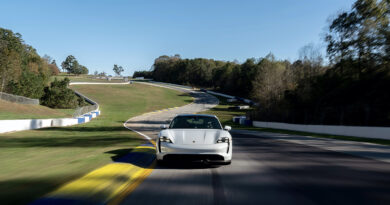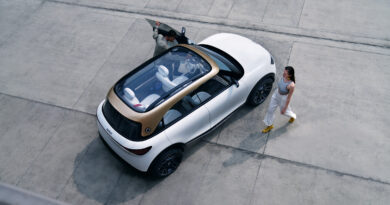PHEVs and BEVs to join Toyota lineup for 2030 promise
Toyota Australia is gearing up to plug the two glaring holes in its local electrified vehicle lineup: plug-in hybrids and battery electric vehicles – and the first will arrive late in 2022.
PHEVs and BEVs will join the Mirai hydrogen fuel cell and myriad Toyota hybrids within years, according to Toyota Australia, which has committed to an “electrified” model of every vehicle in its lineup by 2030.
The first BEV will be the bZ4X mid-sized SUV that was shown this week as a concept.
Keep in mind Toyota goes against other major car makers and governments around the world by referring to regular (non-plug-in) hybrids as electrified vehicles. Given they run purely on fossil fuels most consider them as ICE vehicles that use a lot less fuel.
And the 2030 goal is five years behind Toyota globally and now includes some caveats, including that GR performance models – such as Supra and GT86 – won’t necessarily be powered wholly or partially by electricity.
“We’ve always said that we would look at a target of trying to get a target of electrification across the majority of our models by 2025,” said Toyota Australia vice president of sales and marketing Sean Hanley.
“Today we’re making a solid commitment … our target, which is an aggressive target, is to have electrification across the whole range – excluding GR – by 2030.”
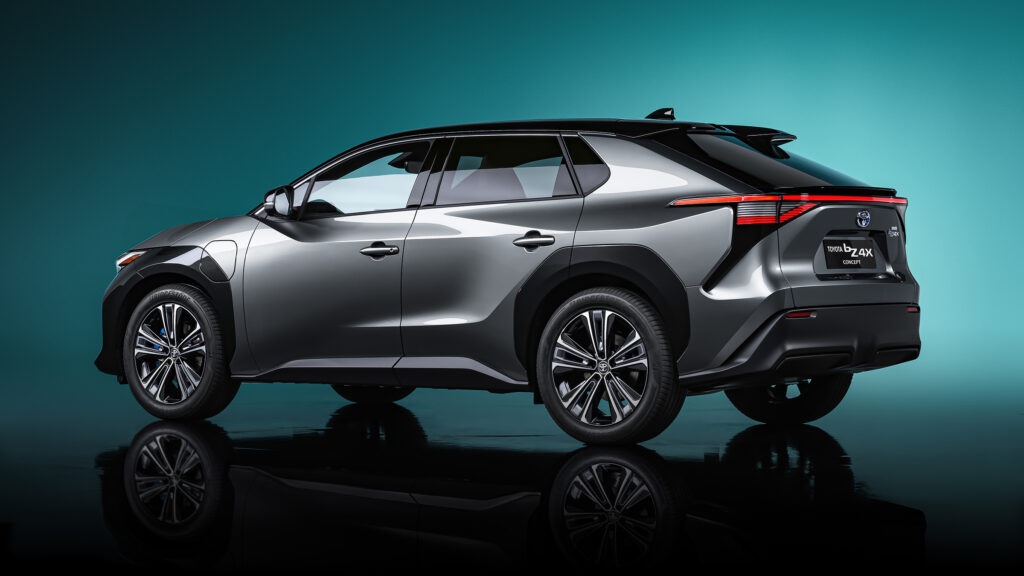
Key to that move is the bZ4X electric SUV, a car due in Australia late in 2022.
And Toyota Australia says it will have its hands high in the air for more of the seven promised Toyota bZ EV models that will be built on a dedicated electric car architecture.
“In terms of the seven bZ vehicle series … some of those will be applicable to the Australian market, we’ll just work through one-by-one,” said Ferguson. “There will be some of those but potentially not all of those.
“We’ll definitely have a look at all of them … there may be some that are purely for other part of the world.”
Toyota also confirmed plug-in hybrids were on the way.
“Plug-in hybrid’s inevitable at some time in the future for Toyota Australia,” said Hanley.
One obvious one is the RAV4 Prime, which has a bigger battery pack than the regular RAV4 Hybrid already on sale in Australia. It’s that big battery that Toyota concedes makes it a much more expensive vehicles.
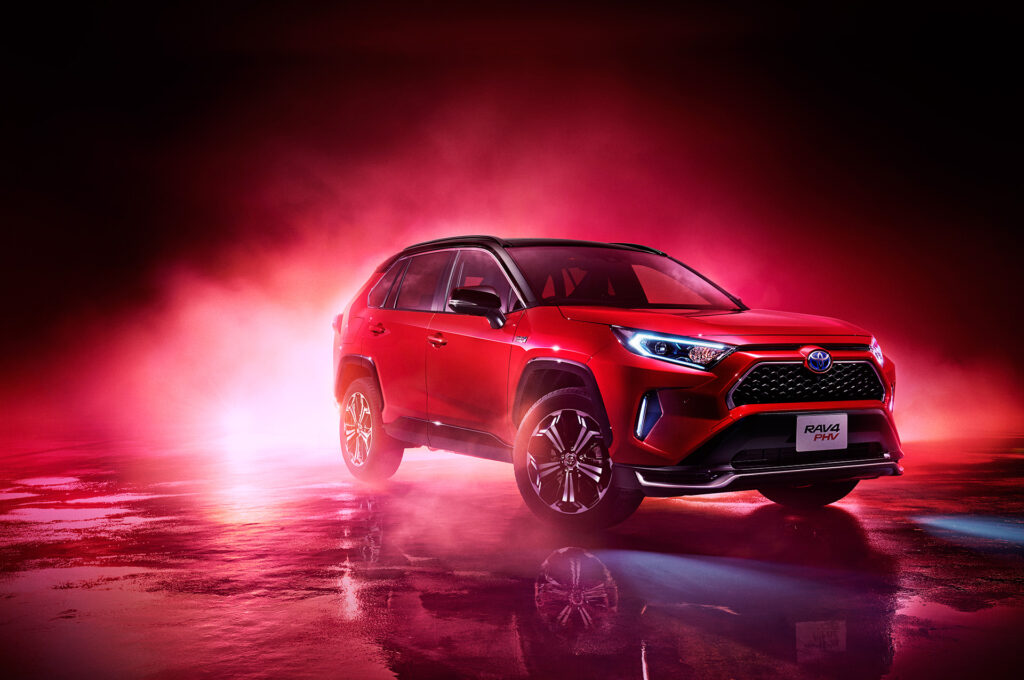
So it’s plain old hybrids doing the heavy lifting.
Toyota argues hybrids are having the biggest positive impact on reducing CO2 emissions because it sells so many of them … in the same way that LandCruisers and Hiluxes are having such a negative impact because they sell so many of them.
Next hybrid off the boat is the Kluger Hybrid, which will only be offered as an all-wheel drive. Toyota says this is because the more affordable front-drive model wasn’t engineered for right-hand drive.
The big question is how quickly Toyota can transition its heaviest, thirstiest vehicles to hybrid or electric power.

